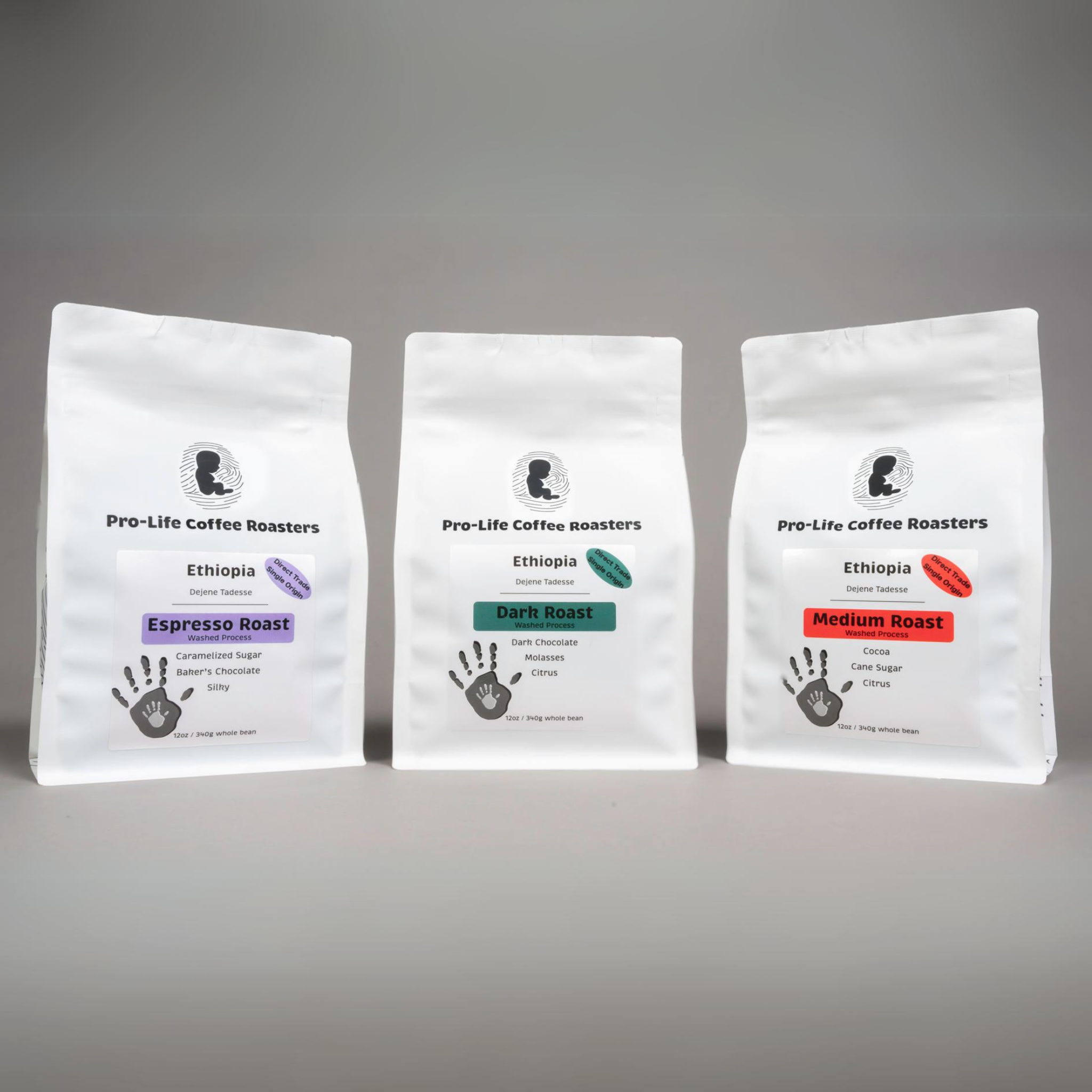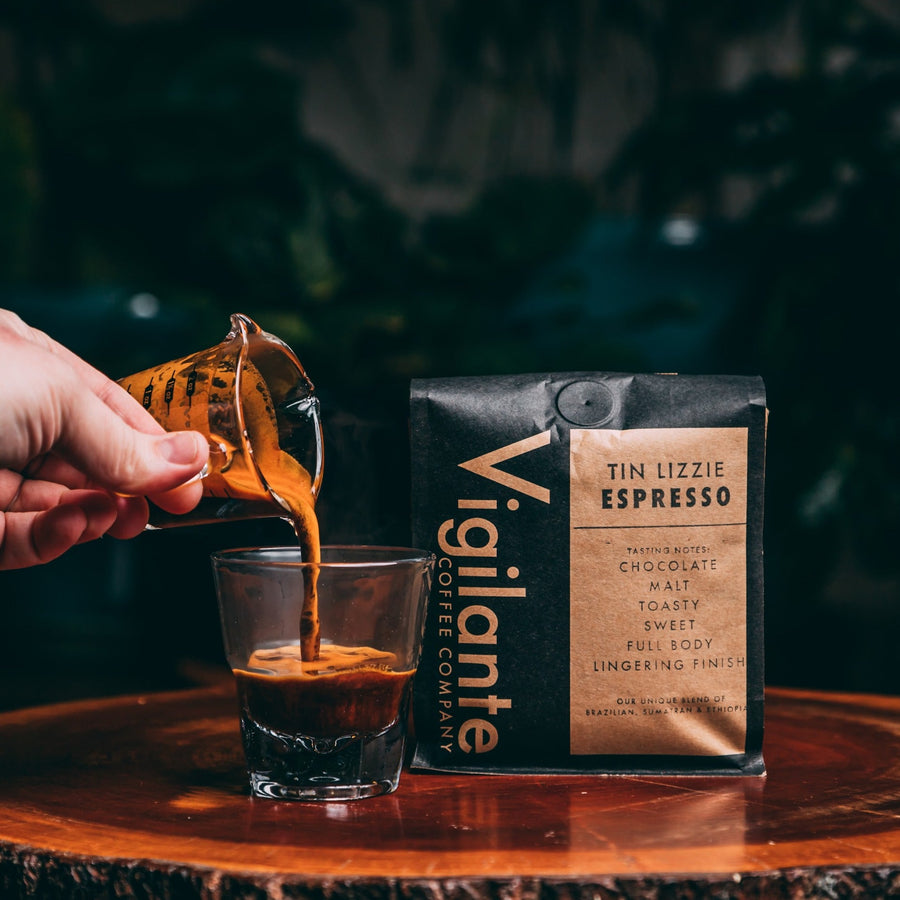Helpful Hints to Get the Best Out of SOE Single Origin Espresso
Helpful Hints to Get the Best Out of SOE Single Origin Espresso
Blog Article
Discovering the Abundant Tastes of Coffee Beans: a Deep Study Espresso and Blended Coffee Beans
When you check out the abundant flavors of coffee beans, you uncover a complex world where each range brings its very own personality to your mug. As you navigate with the art of coffee and the imagination behind combined coffees, you'll start to value the nuances that make each sip special.
The Origins of Coffee Beans: Checking Out Terroir and Flavor Profiles
When you take a sip of coffee, you're not simply delighting in a beverage; you're experiencing an abundant tapestry of tastes formed by the beans' beginnings. Each area generates unique taste profiles affected by dirt, environment, and altitude. For example, beans from Ethiopia frequently break with brilliant, fruity notes, while those from Colombia often tend to supply a balanced, nutty sweetness.
As you explore various beginnings, you'll discover exactly how terroir-- the ecological aspects influencing a plant-- plays an essential function - Single Origin Espresso. The very same coffee selection can taste drastically different depending on where it's grown
When you think about these elements, you start to value the complexity behind your cup. Each sip informs a tale of the land and the farmers that nurtured the beans. Next time you delight, think about the journey your coffee took before it reached your hands, and savor those detailed tastes that mirror its origin.
Comprehending Coffee: The Art and Science Behind the Mixture
When you think of coffee, it's not nearly the strong taste; it's additionally about the techniques that bring it to life. Comprehending just how various preparation techniques impact taste can change your developing experience. Let's check out the details of espresso preparation and reveal the special flavor profiles that make each mug special.
Coffee Prep Work Techniques
Coffee prep work is both an art and a science, combining precise strategies with a deep understanding of coffee. To begin, you'll desire to pick top notch, newly roasted beans and grind them carefully for ideal extraction (Single Origin Espresso). The grind dimension is crucial; also rugged, and your coffee will certainly be weak, too great, and it'll be bitter
The outcome needs to be a rich, velvety espresso with an attractive layer of crema on top. With technique, you'll understand these techniques.
Taste Accounts Discussed
The globe of espresso provides an abundant tapestry of flavor profiles that can elevate your coffee experience. When you take that very first sip, you'll discover a balance of sweet taste, bitterness, and level of acidity. Each espresso bean carries one-of-a-kind notes, from fruity and floral to nutty and chocolaty. Light roasts commonly display intense level of acidity and vivid tastes, while dark roasts present much deeper, bolder tones.
Understanding these profiles aids you pick the ideal coffee for your palate. Explore various blends can expose surprising combinations. A well-crafted blend might balance the bright notes of an Ethiopian bean with the rich, chocolatey undertones of a Brazilian bean. Embrace the trip of finding coffee's diverse tastes, and you'll change your coffee ritual right into an amazing experience.
Handling Approaches: How They Influence Taste and Scent
While it might appear that the beginning of coffee beans is the most considerable factor in establishing their taste and aroma, the processing techniques used post-harvest play a just as necessary role. You'll find that these methods can significantly change the last preference profile of your mug.
For example, the washed process gets rid of the fruit from the beans prior to fermentation, typically bring about a cleaner, brighter flavor. Meanwhile, the natural procedure leaves the fruit intact during drying, resulting in a sweeter, fruitier profile.
Various other approaches, like honey processing, strike an equilibrium, permitting some fruit mucilage to remain, offering an unique intricacy.
Each handling method interacts with the beans' intrinsic qualities, enhancing or silencing specific flavors and fragrances. So, when you drink that espresso or mixed coffee, keep in mind that the trip from cherry to cup is influenced not simply by beginning yet also by just how those beans were refined.
Roasting Strategies: Unlocking the Full Prospective of Coffee Beans
Roasting techniques are essential for disclosing the full capacity of coffee beans, as they transform raw, eco-friendly beans right into the fragrant, tasty coffee you delight in. The option of roasting technique-- light, tool, or dark-- significantly influences taste accounts. Light roasts protect the beans' all-natural level of acidity and fruity notes, while medium roasts equilibrium sweet taste and splendor. Dark roasts, on the other hand, stress bold, smoky flavors.
You can experiment with roasting times and temperature levels to find your excellent mixture. A slower roast at lower temperatures allows for intricate flavors to create, while a quicker roast can heighten anger. Take note of the splits throughout toasting; the first split indicates a light roast, while the second fracture signals a dark roast. By mastering these methods, you'll expose a world of taste, elevating your coffee experience to new heights. Appreciate every sip, understanding the treatment that entered into your mug!
The Magic of Blended Coffee: Creating Unique Flavor Experiences
Producing a special taste experience with blended coffee can transform your early morning routine right into an exploration of preference. By incorporating various beans from numerous areas, you can expose a symphony of flavors that raise your cup to new elevations. Each blend deals an unique profile, balancing level of acidity, body, and sweetness to create something absolutely special.
When you pick a mix, you're not simply picking a coffee; you're selecting a journey throughout varied landscapes and societies. Trying out different mixes enables you to find your individual favorites, whether you take pleasure in fruity notes or rich, chocolatey undertones.

Tasting Notes: Recognizing the Nuances in Your Cup
As you blog here sip your coffee, you could discover a range of tastes dancing on your palate, each exposing the ins and outs of the beans. You may taste the intense acidity evocative citrus or the deep, rich notes similar to dark delicious chocolate. The sweet taste could stimulate honey or sugar, balancing the total profile magnificently.
Focus on the body of the coffee-- does it really feel airy and light, or is it full and creamy? The coating, too, visit here provides clues; a remaining aftertaste might mean nuttiness or flower touches.

Don't neglect to discover the distinct characteristics of various beginnings, as each region passes on distinct flavors - Single Origin Espresso. For circumstances, Ethiopian coffees frequently present fruity notes, while Colombian beans might display a more rounded sweet taste. By recognizing these subtleties, you'll deepen your recognition for every mug, raising your coffee experience to new elevations

Developing Approaches: Making Best Use Of Taste Extraction for each Bean
When you discover the various developing methods, you'll uncover that each method can significantly impact the taste account of your coffee. From French press to pour-over, each technique removes different substances, boosting or muting certain notes. Making use of a French press permits oils to continue to be in the brew, creating a richer taste, while pour-over stresses clearness and brightness.
Temperature and grind dimension likewise play important duties. A coarser grind works best for cold brews, while a fine work is ideal for espresso. Try out water temperature-- between 195 ° F and 205 ° F-- can expose concealed tastes, too.
Don't forget steeping time; a quick extraction can bring about sour notes, while over-extraction might produce resentment. By adjusting these variables, you can optimize taste removal and truly elevate your coffee experience. Take pleasure read the full info here in the journey of finding what approach best suits your taste buds!
Regularly Asked Inquiries
What Is the Ideal Water Temperature Level for Developing Coffee?
The perfect water temperature for developing coffee's in between 195 ° F and 205 ° F. If you make use of water that's too warm, you'll over-extract flavors; as well chilly, and you will not remove enough. Purpose for that pleasant spot for the very best brew!
Just How Does Grind Size Affect Coffee Taste?
Work dimension substantially affects coffee taste. Finer grinds extract much more oils and tastes, resulting in a bolder taste, while coarser grinds yield a lighter flavor. Adjusting work dimension aids you achieve your preferred coffee account.
Exist Health And Wellness Benefits Associated With Drinking Coffee?

What Is the Distinction Between Arabica and Robusta Beans?
Arabica beans are smoother and sweeter, often featuring fruity tastes, while robusta beans are stronger with a bitter preference and higher caffeine content. You'll notice these distinctions in scent and developing experience.
How Can I Shop Coffee Beans for Quality?
To keep coffee beans for quality, keep them in an airtight container, away from heat, dampness, and light. You'll maintain their flavor longer if you only grind what you need right before developing.
Exploring the Abundant Tastes of Coffee Beans: a Deep Dive Into Espresso and Blended Coffee Beans.
When you discover the abundant tastes of coffee beans, you reveal a complicated world where each selection brings its very own character to your cup.When you take a sip of coffee, you're not simply enjoying a beverage; you're experiencing an abundant tapestry of flavors formed by the beans' origins.Roasting techniques are essential for disclosing the full capacity of coffee beans, as they change raw, eco-friendly beans into the fragrant, delicious coffee you enjoy.As you drink your coffee, you may discover a range of flavors dancing on your palate, each disclosing the intricacies of the beans.
Report this page